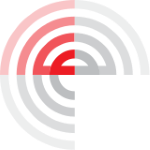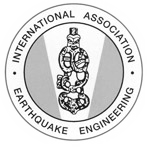Speaker
Description
In this paper, we will present the equipment and method by which we assess the natural frequencies on site. The data motivated us to start estimating the eigenfrequencies of structures and apply the results to calibrate FEM models. Several case studies will be presented in which the calibration method of FEM models via structural natural frequencies identified onsite were applied. The application of this method is very useful during the assessment of the safety of existing buildings and the design of their renovation, reinforcement or rehabilitation. FEM programs with very high possibilities of static and dynamic analysis of structures in the linear and nonlinear field are in use now. We can expect reliable analysis results from a well-calibrated model. Calibration is required to make the model, which includes, at least indirectly, any imperfection that exists in the structure, and which cannot be registered in any other way. Our experience with low-rise structures with great stiffness will be compared with the published experience of other authors. The possibilities of structural health monitoring will be shown also, by comparing the natural frequencies obtained by measurements at different times: before, during and after the structural rehabilitation. This method is not omnipotent, therefore, except for the advantages, we shall show limitations of method related to the type of structure, weather conditions and other. In second part we shall present some case studies from the literature. In order to motivate the owners, as well as the fellow designers, at the end some accidents that may have been avoided if this or other SHM methods had been used will be shown.
| DOI | https://doi.org/10.5592/CO/1CroCEE.2021.200 |
|---|---|
| Keywords | natural frequencies, structural health monitoring, FEM, microtremors, calibration |
